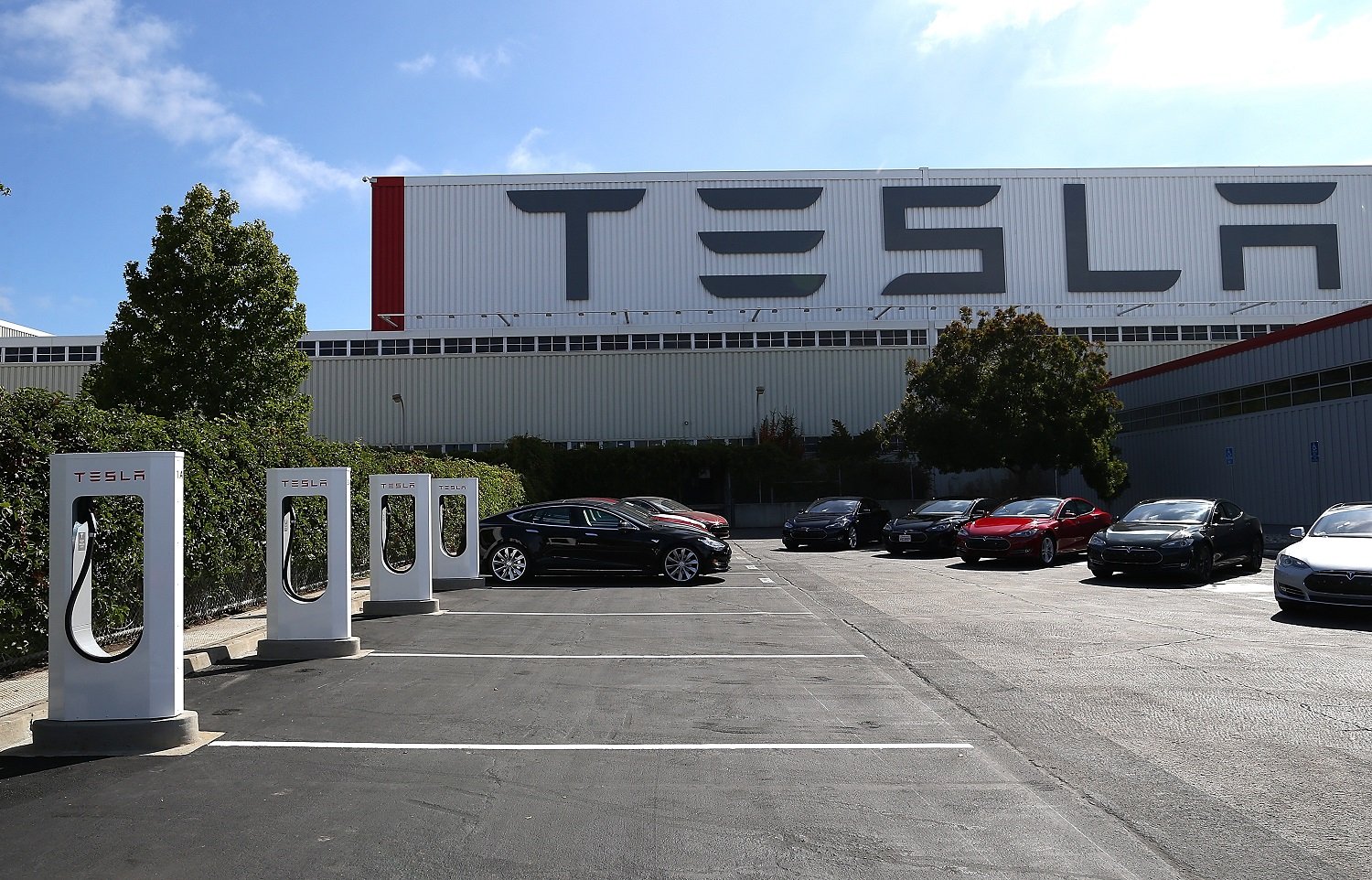


There are already 75k cars in inventory or transit and 17k was added in Q1. This would be 162k in the lower part of the range or 186k in the higher part. This will be up from 15-16 days of inventory. Tesla will likely end the year with 3 weeks of inventory or in transit vehicles. This would be 2.23M to 2.42 million cars produced in 2023. If Tesla were to reach 90% of projected production capacity based on the ramp of Berlin and Austin and some growth in Fremont (or Shanghai) then the remainder of the year would have 1.79m to 1.97 million. 90% of production capacity would be 1.44 million. 90% of production capacity would be 1.26 million.ġ4k cars per week from Austin, 12k cars per week from Berlin, 22k cars per week from Shanghai and 14k cars per week from Fremont would be 62k cars per week or 1.6m cars over 26 weeks. Tesla would have the capacity to produce 1.4 million to 1.6 million cars in the second half of 2023.ġ0k cars per week from Austin, 10k cars per week from Berlin, 22k cars per week from Shanghai and 12k cars per week from Fremont would be 54k cars per week or 1.4m cars over 26 weeks. In the second half of 2023, Berlin and Austin should be at the 10,000 to 12,000 per week levels and Fremont should be at 14,000 per week. Tesla Fremont produces about 12,000 per week and is scaling to 14,000 per week. Tesla Shanghai produced about 87,000 in March and has hit that level or higher several times months in Q4 of 2022. 90% of this capacity would be 532k and 95% would be 562k. In Q2, 2023, the production capacity of the Tesla factories could average:ĥ.5k cars per week from Austin, 6k cars per week from Berlin, 22k cars per week from Shanghai and 12k cars per week from Fremont would be 45.5k cars per week or 591.5k cars over 13 weeks. 90-95% of capacity should be achievable without constrained demand and more usual quarterly line shutdowns. Adding the 77000 cars back in would be about 517k or 95% of capacity. The quarter was shorter by about 2 days than other quarters because of February. Tesla China produced 65,000 fewer cars than clearly achieved sustained peak production levels. March might have been a sign of recovery in China. China also has a slower car maker in the first two months of the year and China has had a significant economic slowdown. There was underproduction from Shanghai for Chinese New Year shutdown and retooling the model 3 line in Shanghai. Tesla produced 440k cars in the quarter, which is about 106k cars less than capacity. In Q1, 2023, the production capacity of the Tesla factories could average:ģk cars per week from Austin, 3k cars per week from Berlin, 22k cars per week from Shanghai and 12k cars per week from Fremont would be 42k cars per week or 546k cars over 13 weeks. It took Gigaberlin 27 days to increase from 4000 units in a week to 5000 in a week. Gigafactory Berlin-Brandenburg March 25, 2023 Tesla Gigaberlin announced they had reached 5000 units in a week on March 25, 2023.Ĭ: Thibault Girost / LinkedIn /wY0WIQbmDC April 2, 20023, Tesla Gigafactory Texas announced they had achieved a production rate of 4,000 units in a week.Ĭongrats Giga Texas team on building 4k Model Y this week! /JFqaixZLCa


 0 kommentar(er)
0 kommentar(er)
